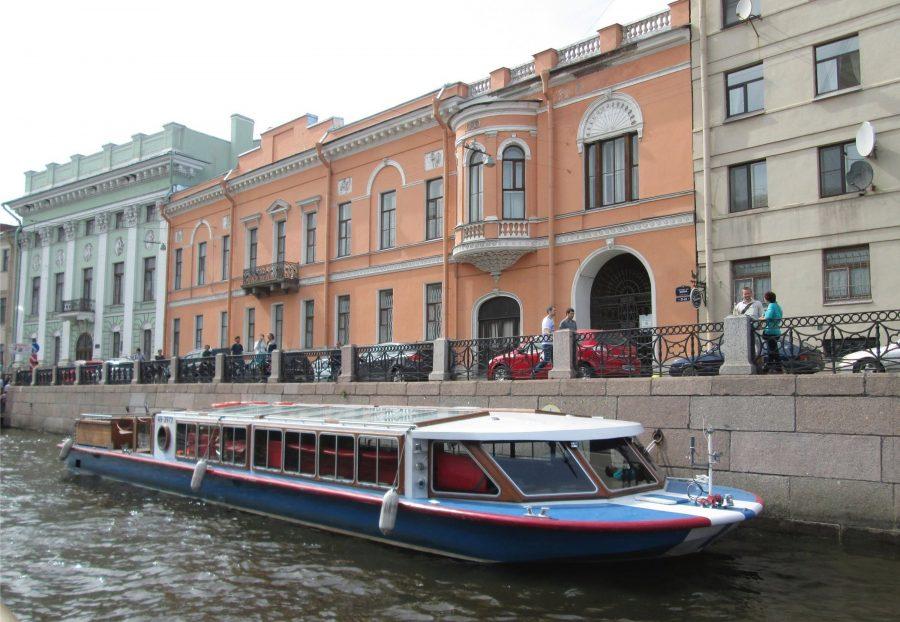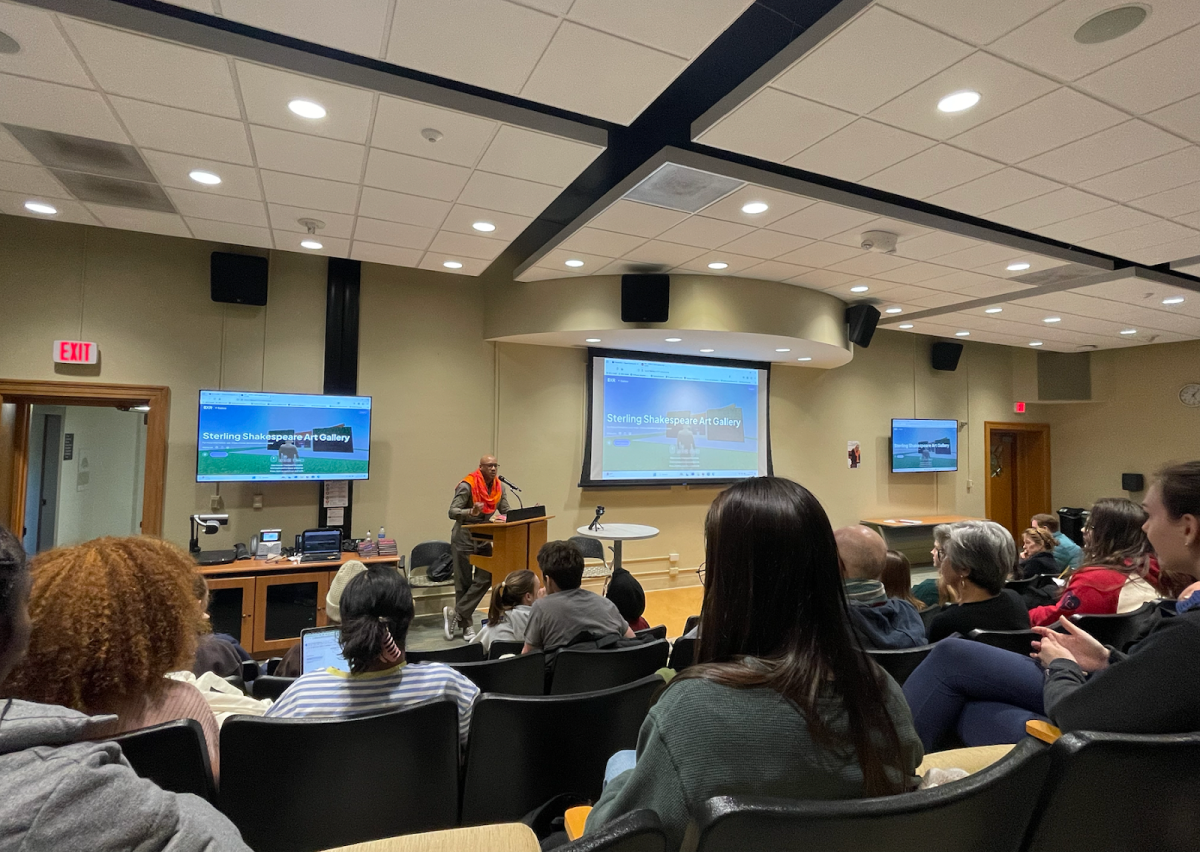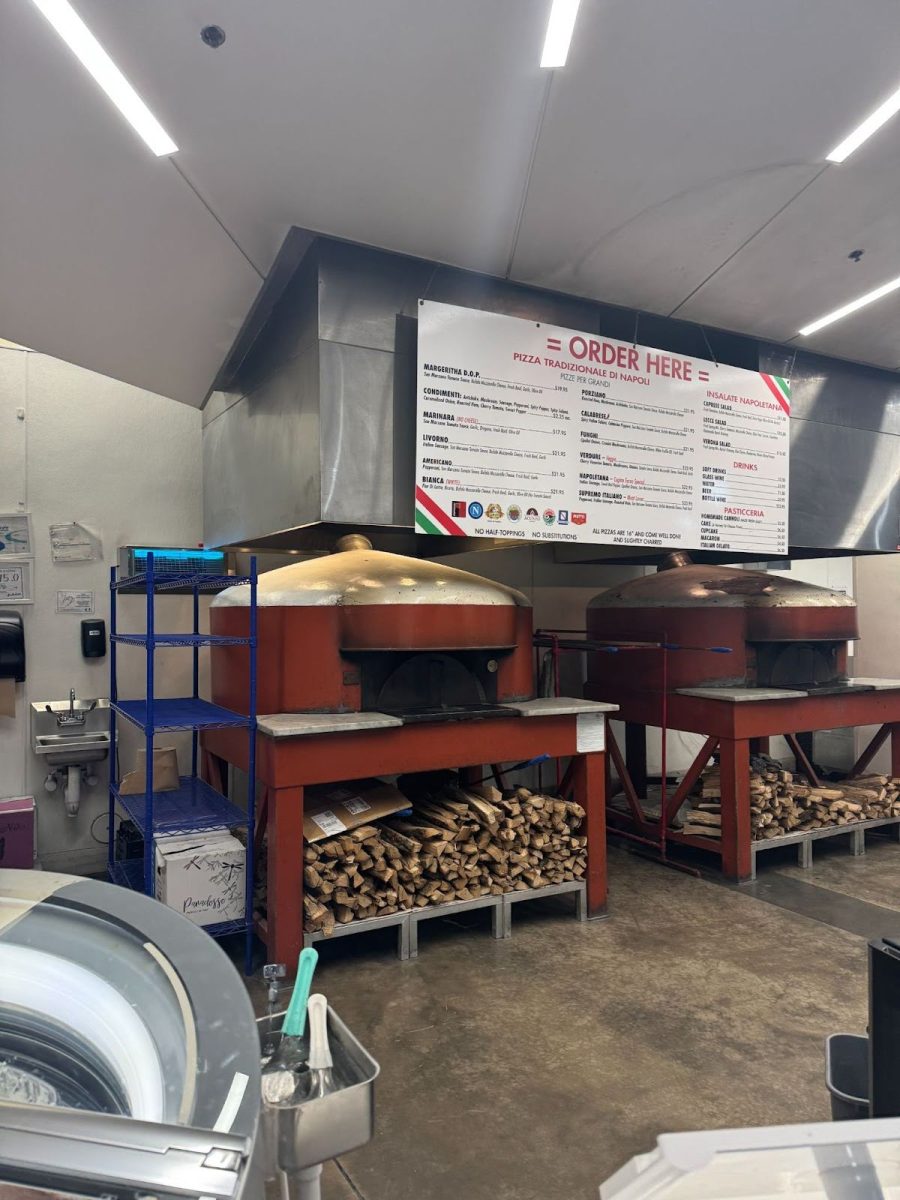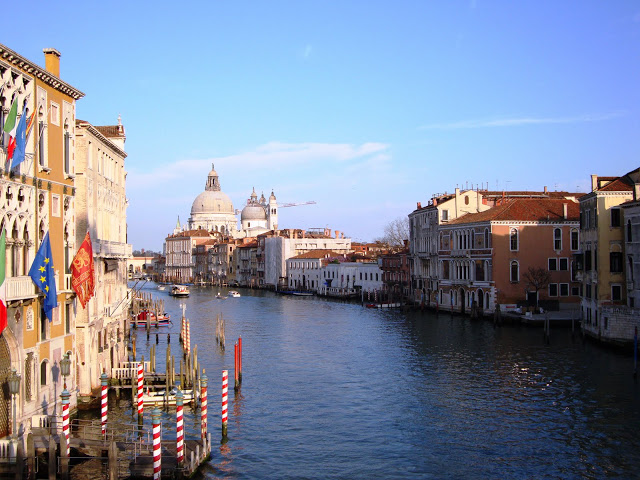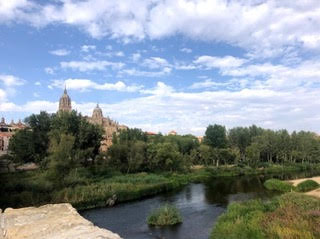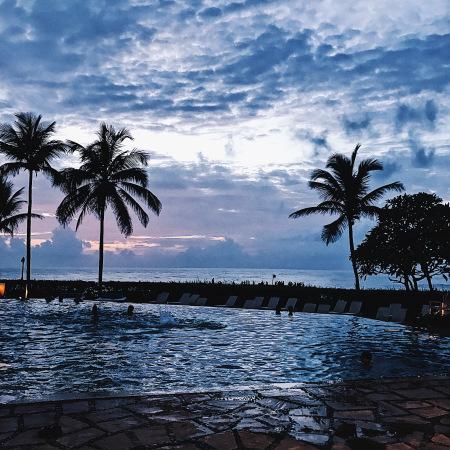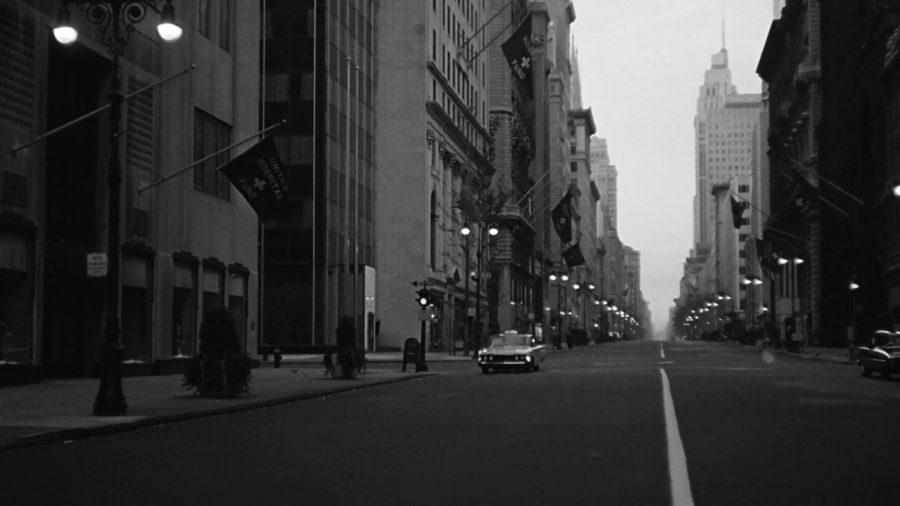As I step off the large cruise ship and file into the Russian immigration line with my family, I can’t help but feel the urge to start singing “A Rumor in Saint Petersburg” from the animated movie “Anastasia.”
Somehow I, a then-senior in high school from Middle Georgia, am about to spend the next day halfway across the world from my comfy Southern home in the unlikeliest of places: Saint Petersburg, Russia.
After we finally clear customs and immigration and show off our visas — because yes, the Russian government requires all visitors to have a visa, regardless of the length of your visit — we’re met by our tour guide and best friend for the next 12 hours, a petite blonde woman who introduces herself as Ekaterina. She quickly shepherds us onto a white minibus and says something to our driver in Russian.
Eventually, we come alongside the river, which Kat tells us is the Neva River, and I’m nearly blinded by all of the gold roofs and details of the grand palaces and churches that line the banks of the river. It’s as though the city has suddenly exploded in a rainbow of pastel blues, greens and pinks — and again, there’s gold everywhere.
Saint Petersburg was originally built in 1703 by Tsar (Emperor) Peter the Great, hence the city’s name. It served as the imperial capital of Russia from 1713 to 1728, and then from 1732 to 1918 when Tsar Nicholas II and his family were ousted by the Bolsheviks. After that, the city was named Leningrad in honor of Vladimir Lenin, and the capital officially moved to Moscow.
With all of that in mind, our first stop is the State Hermitage Museum, one of the world’s largest and oldest art and culture museums. Built in 1764 by Catherine the Great, the Hermitage is actually a complex of six buildings, including the Winter Palace — the former home of the tsars.
The Hermitage is just as beautiful on the inside as it is on the outside. The Romanovs really knew how to make the most of the Baroque style: there’s not a single room in the entire museum that doesn’t have at least one thing covered in gold and jewels. The paintings are gorgeous — there’s over 3 million works in the entire collection — but I’m more fascinated by the statues and trying to figure out which room is the ballroom from the opening scene of “Anastasia.”
We spend a good three hours in the Hermitage before Kat decides it’s time for us to go take a walk through the historic center of Saint Petersburg. She reminds us all to keep close — pickpockets are a pretty big problem, especially in the crowded squares surrounding the Hermitage.
By this point, it’s around lunchtime. Needless to say, we’re starving. Luckily, Kat knows exactly where to take us. We follow her down some quieter streets and duck into a quaint hole-in-the-wall restaurant whose sign says only one thing in three different languages: PIE.
More than a little confused, I ask Kat what exactly this teeny-tiny restaurant serves. She laughs, points at the sign and then tells me that this place specializes in all sorts of sweet and savory pies. She’s not kidding, I find out when my chicken-and-cheese pie arrives in front of me looking a lot like the strawberry rhubarb pie I had at my grandmother’s Fourth of July party. It does not, however, taste like strawberry rhubarb pie. The chicken is fresh, the cheese is slightly sweet and the pie crust is perfectly flakey. It takes every bit of self-control I have to keep myself from ordering a second.
Stomachs full of authentic Russian food, we stop by a small gift shop to try real Russian vodka and pick up a matryoshka doll before taking a hydrofoil — an amphibious hovercraft — to Peterhof, once the residence of Peter the Great himself.
If I thought the Hermitage and the Winter Palace were grand, nothing prepared me for Peterhof.
The first thing I notice is the fountains. Given the fact that Saint Petersburg sits at the mouth of the Neva as it opens into the Baltic Sea, water plays a large role in every aspect of life in this gorgeous city.
I count three different levels of fountains in front of the baby-blue palace, and at least six little bridges crossing the waterway that leads from the dock up to the first fountain.
After we stop five dozen times to take pictures and enjoy the view, Kat leads us around the grounds. My brothers and I laugh and squeal like preschoolers as we sprint through little jets of water.
Sadly, we’re not able to actually go inside the Peterhof, but Kat promises us that our last stop, the Catherine Palace, will make up for this.
She’s not wrong. We drive for a while and arrive at a smaller, but no less grand palace surrounded by lush green trees. It was originally commissioned by Empress Catherine the Great and later expanded by Catherine’s daughter, Empress Elizabeth. Where the Peterhof featured more fountains than a water park, the Catherine Palace features a multitude of sprawling gardens. It also features the famous “Amber Room.”
It doesn’t take a brain surgeon to figure out what’s special about the Amber Room: it’s covered entirely in precious amber. Funny enough, the room was actually constructed in 18th Century Prussia and then moved to the Catherine Palace. What we see today, according to Kat, is actually a reproduction since the original Amber Room disappeared after World War II.
After the Catherine Palace, Kat drives us back to the cruise terminal and guides us to the customs and immigration house again. This time, it takes us only 15 minutes to get through, and we wave to Kat one last time before we ascend the gangplank.
“Do svidaniya, Rossii!” we shout — Goodbye, Russia!



